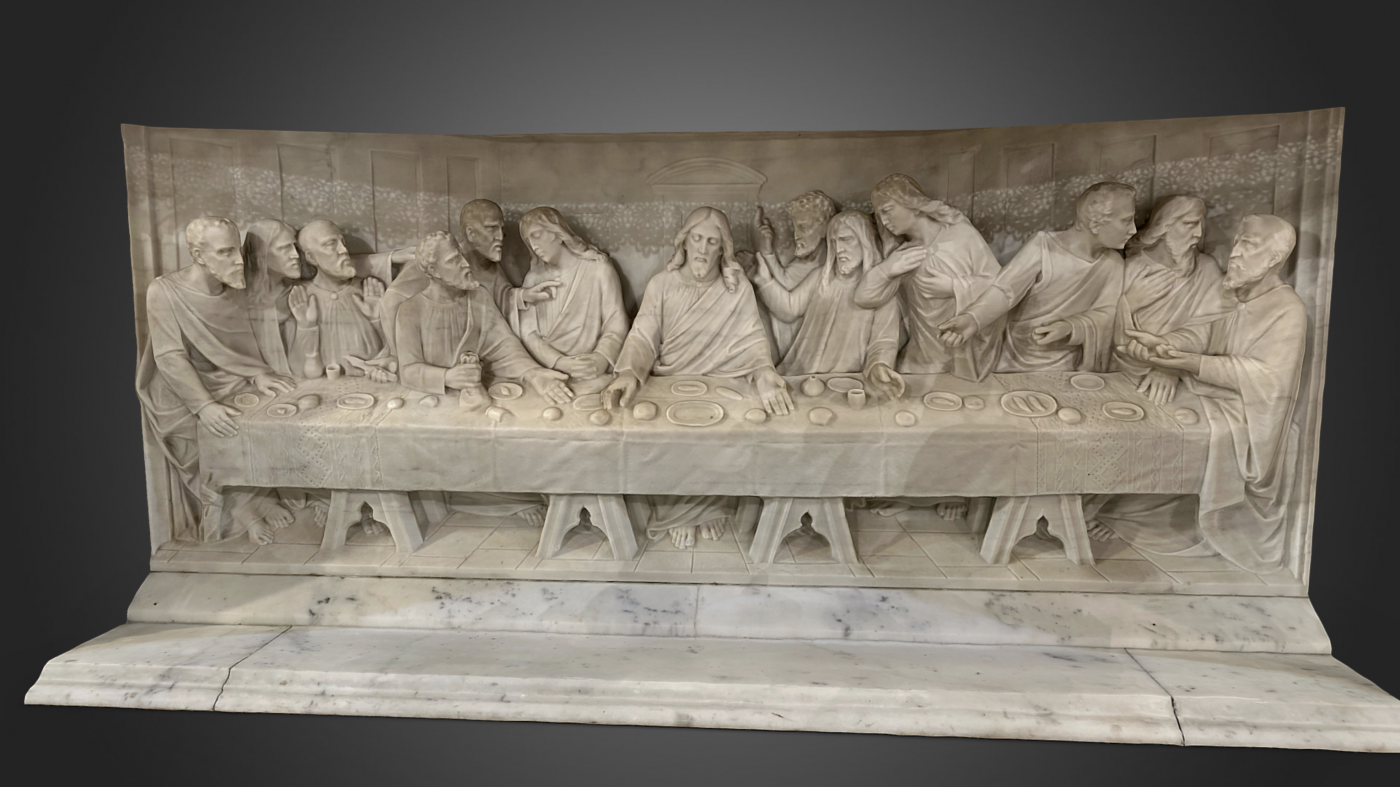Virtual Museums – Advantages of Matterport 3D Virtual Tours
Museums are always seeking ways to exhibit their collections and engage with potential visitors. Among the many tools available to them, Matterport 3D Virtual Tours have stood out as a go-to solution. They are not only cost-effective but also offer an immersive experience that visitors can enjoy remotely. In this article, we’ll explore some of the benefits of this technology and how museums can leverage it to their advantage.
3D Virtual Tours – Virtual Museums
Promote the Museum: Visitors want to know what a museum has to offer before making a visit. Luckily, with Matterport 3D Virtual Tours, museums can showcase their collections and exhibits. By doing so, they give potential visitors a preview of what to expect while creating a desire to explore further. These tours can be embedded on a museum’s website, social media platforms, and other digital marketing strategies to help reach a wider audience.
Educational Tool:
Museums play a vital role in preserving history and culture. They also provide educational opportunities for visitors to learn about the past and present. With Matterport 3D Virtual Tours, viewers can learn about the history and culture of the museum’s collection remotely. This interactive experience sparks curiosity and enhances engagement, which in turn leads to greater learning outcomes.
Fundraising Tool:
Museums rely on donations and grants to fund their operations. Using virtual tours as a fundraising tool can be a great way to raise money for the museum. Supporters of the institution can donate through a ‘donate now’ button or even sponsor specific exhibits in the collection. This is an innovative way to reach out to potential supporters who may not live locally or who might find it hard to visit the museum physically.
Attract New Audiences:
Museums are always looking for new ways to engage with audiences and attract new visitors. Virtual tours can help expand the museum’s reach and allow them to connect with people all around the world. It also provides an opportunity to reach audiences that may not have the means or opportunities to travel to the museum.
Preserve History and Collections:
The digitization of a museum’s collection creates a digital snapshot or Digital Twin of the museum and its collection, meaning that future generations will be able to enjoy them. This creates opportunities for preservation, as archives are easily accessible plus with the virtual tours, artifacts can be viewed remotely without being physically handled, thereby leveling their degradation.
Increase Accessibility:
Museums have made tremendous efforts in increasing accessibility to their collections to enable people with disabilities to enjoy exhibits. Matterport 3D Virtual Tours take this accessibility to a new level by providing a way for people with disabilities or those who cannot travel to explore the museum’s collection.
AR & VR integration:
Matterport 3D Virtual Tours can be integrated with Augmented Reality (AR) or Virtual Reality (VR) technology for even more immersive experiences. With AR, visitors can have a guided tour by interactive characters, and with VR, they can experience the exhibit as if they were physically in the museum.
Matterport 3D Virtual Tours have become a must-have tool for museums to adopt in their engagement strategies with potential visitors. By giving a preview of what exhibits and collection are on display, museums can spark curiosity and encourage visits. The tours have proven to offer educational and fundraising opportunities for museums, expanding their reach and connection with audiences. Matterport 3D Virtual Tours also ensure that the museum preserves its artifacts, increases accessibility including virtual visits for disabled people, and soon, integrated with AR and VR technologies, will provide an even more immersive experience for viewers. As a museum manager, if you haven’t considered using Matterport 3D Virtual Tours, it’s time to start.

